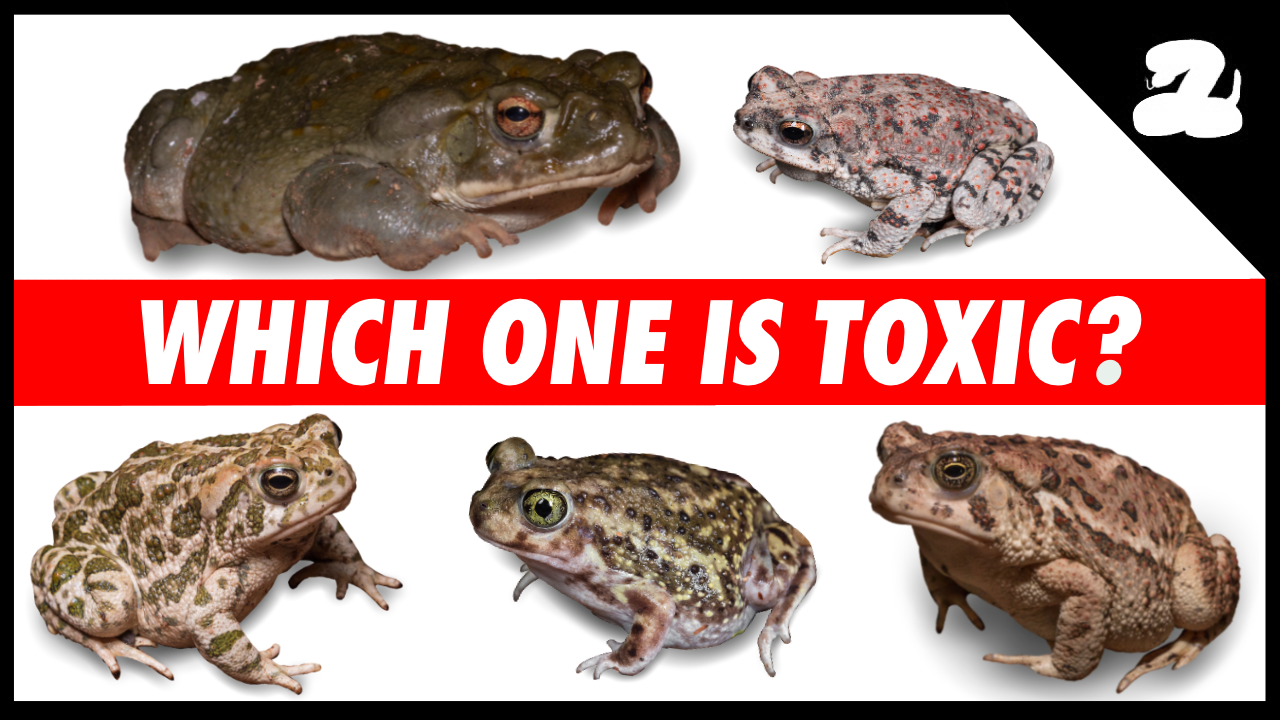Introduction
Garden frogs are charming and beneficial creatures that many gardeners welcome. They help control pests and add life to outdoor spaces. However, a common concern is whether garden frogs are poisonous and pose any risk to humans or pets. Understanding the truth about garden frogs’ toxicity is essential for safe interaction and maintaining a healthy garden ecosystem.
This article explores the facts about garden frogs and their potential poisonous nature. We’ll cover which species might be harmful, how to identify toxic frogs, and practical tips to keep your garden safe while enjoying these fascinating amphibians.
Are Garden Frogs Poisonous to Humans?
Most common garden frogs are not poisonous to humans. Frogs found in typical backyards, such as green frogs or tree frogs, generally do not produce toxins harmful to people. Their skin might secrete mild irritants, but these rarely cause serious reactions.
Toxic Frogs vs. Non-Toxic Frogs
- Non-toxic frogs: Species like the American green tree frog or the common European frog are harmless and safe to touch.
- Poisonous frogs: Some exotic frogs, such as poison dart frogs, secrete potent toxins through their skin. However, these species are rarely found in gardens outside specialized habitats or zoos.
It’s important to avoid handling wild frogs excessively, as some species’ skin secretions can irritate sensitive skin or cause mild allergic reactions. Always wash your hands after touching any amphibian.
Are Garden Frogs Poisonous to Pets?
While garden frogs are mostly safe, some species can be mildly toxic to pets, especially dogs and cats that might bite or lick them. Certain frogs secrete substances that can cause:
- Drooling
- Vomiting
- Paw irritation
- Hypersalivation
What to Watch For
- If your pet shows unusual behavior after encountering a frog, contact a veterinarian immediately.
- Prevent pets from catching or eating frogs by supervising outdoor playtime.
Example: The Cane Toad
The cane toad is a notorious example of a toxic amphibian that can be harmful to pets. Found in some regions, they produce toxins that can be deadly if ingested. Identifying and avoiding cane toads in your garden is crucial for pet safety.
How to Identify Poisonous Frogs in Your Garden
Recognizing potentially poisonous frogs helps reduce risks. Look for these signs:
- Bright colors: Many poisonous frogs display vivid colors (yellow, red, blue) as a warning.
- Unusual behavior: Frogs that secrete milky or sticky substances when handled.
- Local knowledge: Research native species or consult local wildlife experts.
Using a field guide or smartphone app can assist in identifying frogs accurately.
Benefits of Garden Frogs Despite Their Toxins
Even if some frogs secrete toxins, they provide significant advantages:
- Natural pest control: Frogs consume insects like mosquitoes, beetles, and slugs.
- Ecological indicators: Frogs signal the health of your garden’s environment.
- Biodiversity support: They promote a balanced ecosystem.
Maintaining frog-friendly habitats with water sources and shelters encourages their presence and benefits your garden.
Safety Tips When Sharing Your Garden with Frogs
- Avoid touching frogs unnecessarily; use gloves if you must handle them.
- Keep pets supervised and discourage them from interacting with frogs.
- Educate family members and children about the importance and potential risks of frogs.
- Maintain clean water sources to prevent attracting invasive or toxic species.
Conclusion
Most garden frogs are not poisonous and pose minimal risk to humans, though some can cause mild skin irritation. Pets may be more vulnerable, particularly to toxic species like the cane toad. Identifying local frog species and practicing safe garden habits ensures a harmonious relationship with these beneficial amphibians.
Embrace the natural pest control and ecological benefits frogs offer while staying informed about safety precautions. Your garden can thrive alongside these fascinating creatures with the right knowledge and care.
